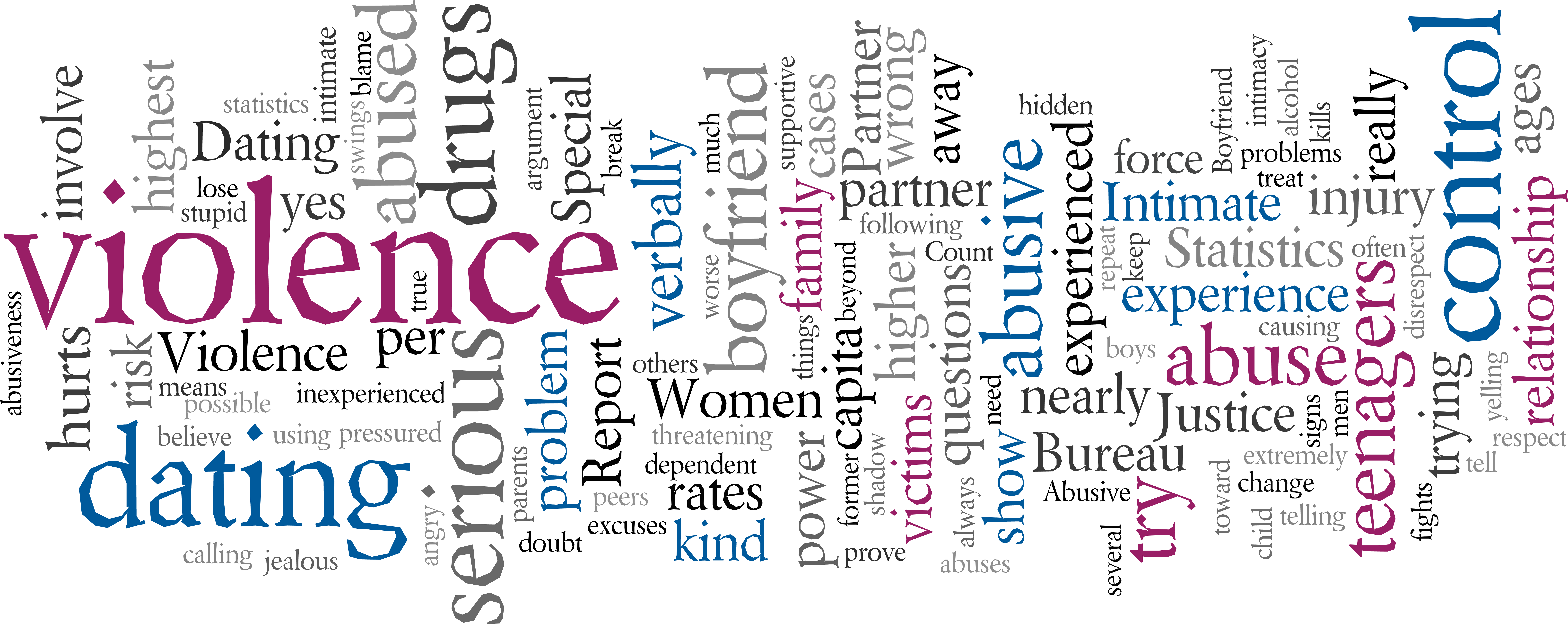Assessment of risk is ubiquitous. Across virtually all realms of life, some level of risk evaluations are expected. The result is an entire field of actuarial science, assessing the risk that determines how much we pay for automobile insurance, homeowners' insurance, or health insurance. Moreover, physicians and nurses evaluate the risk of diseases or death, economists consider the risk of market impacts, and information technology security officers assess the risk of data breaches. Similarly, in criminal justice and mental health settings, professionals are frequently asked to evaluate an individual's potential risk of violence. Across all of these fields, predicting future adverse events is accomplished with varying degrees of accuracy.
Assessing the risk for violence or criminality is exceptionally difficult to do well. The challenges inherent in making such judgments are considerable, and the consequences of erroneous decisions are often grave. For example, failure to correctly identify individuals who pose a high risk could jeopardize public safety. Conversely, erroneously deeming individuals high risk could lead to unjustified restrictions of their liberty, public stigma, and needless expense.
What is Violence?
Violence is actual, attempted, or threatened physical harm of another person that is deliberate and non-consenting. Professionals are tasked with assessing behavior and determining if the behavior suggests an intention to cause another individual injury or fear for their safety.
To efficiently assess violence, mental health professionals must look at the act committed, the underlying reasoning for committing it, and its impact on the victim.
What is Risk?
Risk is a potential, negative outcome that is forecasted with uncertainty. As it is impossible to predict the occurrence of violence, mental health professionals are often asked to assess the potential for violence. Therefore, risk assessments are not conducted if an event is definitely going to happen.
Instead, the goals are to understand the future's ambiguity and the range of possible outcomes. Findings of risk assessments can guide treatment, plan interventions, and protect a patient and the public's safety.
Risk vs. Threat Assessment
Risk assessment focuses on the probability of violence. It is an estimate for an individual, who usually has a history of violence, based upon their comparison to a known group. In contrast, a threat assessment focuses on targeted violence by a subject of concern, who may not have a known history of violence, and encompasses a behavioral and profiling focus.
Violence risk assessment is complex. The goal is to determine the nature and degree of risk an individual may pose for violence, given various conditions and contexts.
- Nature: What type of violence might occur?
- Severity: How serious might the occurrence of violence be?
- Weapon access: Does the individual have access to the weapon? What is the lethality of the weapon?
- Targets: Who may be the target of violence? A family, friend, employer, or stranger?
- Imminence: How soon might the violence occur?
- Frequency: How often might violence occur?
- Contextual: What context, if any, does the risk for potential violence increase or decrease?
- Likelihood: What is the probability that violence might occur?
Violence Risk Assessment Tools
Mental health and legal professionals may consider individualized information about a person, their past, current legal status, or other circumstances to inform a decision regarding a threat to public safety. The evaluation may be brief, implicit, and informal, or it may be structured with guidelines, procedures, or the use of a violence risk assessment instrument.
Given the gravity of dispositional decisions, utilizing empirically guided risk assessment tools when formulating recommendations may prove more helpful. In 2011, researchers noted that well over 120 measures had been developed to assess violence and re-offense risk, with the vast majority created for adult populations.
Violence risk is commonly evaluated through formal risk assessment measures and may consider factors such as offending trajectories, including the age of onset, severity, frequency, and personality traits. Risk assessments are used in many different contexts in the legal justice system. For example, results may impact juvenile transfer to adult court decisions, eligibility for diversion programs, sentencing, parole/probation, and disposition planning. However, despite the prevalence of available tools, risk assessment instruments may not always generalize across populations.
Risk Factors
Risk consideration focuses on individual factors and extend to family, community, and cultural factors. The prevention of violence, suicide, victimization, and other forms of harm is a goal shared by mental health professionals and justice services. However, no two individuals are alike; consequently, preventing harm is not a simple task.
The factors that lead to adverse outcomes, such as violence, suicide, and related outcomes, vary by the individual. It is, therefore, necessary to understand each individual's particular vulnerabilities and strengths related to such events. The ultimate aim is not simply to predict whether a person will experience adverse outcomes but to help guide plans to manage these risks and prevent harm.
Static Factors
There is long-standing awareness that static risk estimates are futile if the point is risk reduction. Although static risk factors can assist in evaluating risk for criminal behavior, they cannot reflect change since such factors are, by definition, "fixed" or static. Such factors are related to an individual's history, for example:
- History of prior violence
- Age of first violent event
- Conduct problems and antisocial behavior
- Adverse childhood experiences
Although historical factors associated with recidivism or desistence (i.e., static risk factors) may help assess risk, identifying dynamic risk and protective factors (i.e., criminogenic needs) are essential, as they alone are primary targets for intervention.
Dynamic Factors
In contrast to static risk factors, dynamic risk factors can reflect the change and are often the focus of treatment. Understanding the dynamic changes that occur throughout a person's life is essential to appreciate the risk of violence. Some examples are:
- Peer relationships
- Social support
- Mental illness
- Impulse control
- Attitude toward interventions & violence
- Anger
- Substance use
Methods to Assess Violence Risk
Violence risk assessment instruments have been developed to increase consistent, transparent, and accurate decisions in evaluating the likelihood of violent recidivism by considering "risk factors" associated with violence.
Actuarial Assessment of Violence Risk
Actuarial assessment tools are structured instruments designed to predict an outcome of a specific population over a particular period. Their approach to violence risk is mechanical or automated.
Risk factors on actuarial tools are selected either based on theory and experience or because they were related to an event (e.g., re-offend) in the sample that the instrument was developed. First, risk factors are scored and weighted, then combined using an algorithm to create a total score. These full scores estimate the likelihood of violence over a specific period by comparing them to rates of violence seen in the sample that the tool was normed.
The benefit of using an actuarial assessment is that human judgment biases are removed from the clinical decision-making process, giving them higher perceived usefulness in legal settings. However, the drawbacks of actuarial risk assessment tools often outweigh the benefits. Here are some criticisms of actuarial risk assessment tools.
- There is no opportunity to take into account items that are not on the tool when assessing violence risk. Therefore, things that may be conceptually or practically relevant in the actual world may not be incorporated.
- Actuarial assessment tools do not consider situations or context.
- They provide little structure for identifying the degree of intervention necessary to manage risk. And there is no information on the nature of violence (e.g., serious physical injury, sexual violence), the cause of violence, or how risk can be mitigated.
Commonly used actuarial risk assessment tools used include:
Structured Professional Judgment (SPJ)
Tools that use structured professional judgment are created by identifying risk factors with empirical support rather than significance only in the instrument's development sample. These measures provide definitions for each rated item and rules for how to code them. The SPJ approach allows for professional judgment when making decisions regarding violence risk. While they provide guidelines for evaluators to make decisions, they do not impose strict cutoffs or an algorithm to determine an individual's risk for violence.
Critics of an SPJ approach emphasize how the reliability and validity of evaluations are reduced by allowing for professional judgment to form part of the final decision-making process. However, the benefits of an SPJ approach highlight the utility of an SPJ approach; for example:
- SPJs are individualized; they require evaluators to consider each risk factor's frequency, severity, trajectory, and relevance when making decisions about violence risk.
- Unlike actuarial measures, SPJs assist in developing risk management plans based on understanding an individual's history, current acuity, and sometimes their plans for their future.
- Research has compared actuarial, and SPJ measures and have highlighted that the decisions made using SPJ tools have comparable ability to demonstrate accuracy in forecasting violence (validity), and ratings are consistent between evaluators (reliability). Said differently, decisions based on SPJ tools fare as well or better than decisions made using actuarial measures.
Commonly used structured professional judgment tools include:























